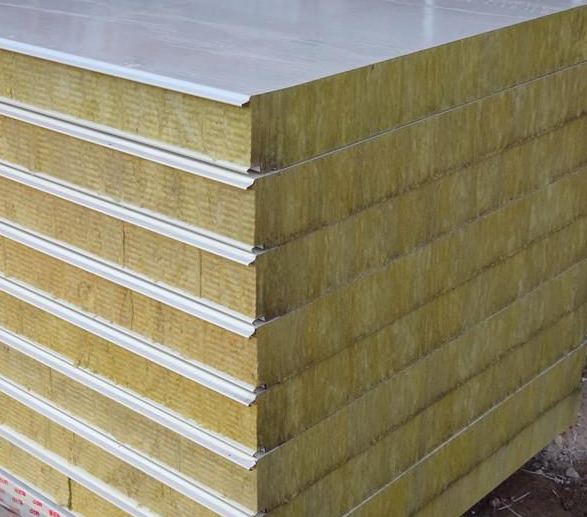

SEARCH
In recent years, external thermal insulation of external walls has gradually become one of the important building energy-saving methods, and rock wool thermal insulation materials have been developed. It plays the role of thermal insulation on the building envelope, and has a good thermal insulation effect on buildings located in cold regions. So what is the water repellency rate of rock wool board in a humid and rainy environment?
Rock wool board is a rock wool product made of basalt and other natural ores as the main raw materials, melted into fibers at high temperature, added with appropriate amount of binder, and solidified. The rock wool board with hydrophobicity is widely used in vehicles, mobile equipment, cold storage projects, air-conditioning pipes, and heat preservation and fire prevention in humid environments, and has good thermal insulation and sound insulation effects.

Water easily affects the stability of the exterior wall insulation system. If the external wall thermal insulation system has poor water permeability or high water absorption rate of thermal insulation materials, water vapor will cause the thermal insulation layer of the building's external wall to expand after entering the system, reducing the bonding force with the thermal insulation layer, and lack of adhesion. Especially under the action of low temperature freezing and thawing, it is easy to cause deformation, cracking and falling off of the insulation system. Uetersen water-repellent rock wool board has good water-repellent and thermal insulation performance, convenient construction, thermal insulation materials should not be damaged, significant economic and social benefits, suitable for application in building thermal insulation systems.
For the thermal insulation material of the external wall thermal insulation system, the hydrophobicity must be good. Hydrophobicity refers to the ability of rock wool board to resist moisture in the air environment to adversely affect its main properties. In the performance index of "Hydrophobicity Test Method for Thermal Insulation Materials", it is expressed by the volume percentage of the non-permeable part of the rock wool board after spraying with a certain flow of water in a specified way. In GB/T19686, rock wool should reach a hydrophobicity rate of ≥98%, a water absorption rate of<10%, and a mass moisture absorption rate of <1.0%. Rock wool itself does not absorb water, because of its porous structure, it may absorb water in the gaps between fibers. Water repellency is not equal to waterproofing. Water repellency is achieved by increasing the surface tension of the fiber. Once the external water pressure is greater than the surface tension, the water will still enter the rock wool. Rock wool does not affect performance and use after drying. Rock wool in construction, industry and marine applications must have high hydrophobicity, while rock wool will not absorb water vapor in the air.
Related